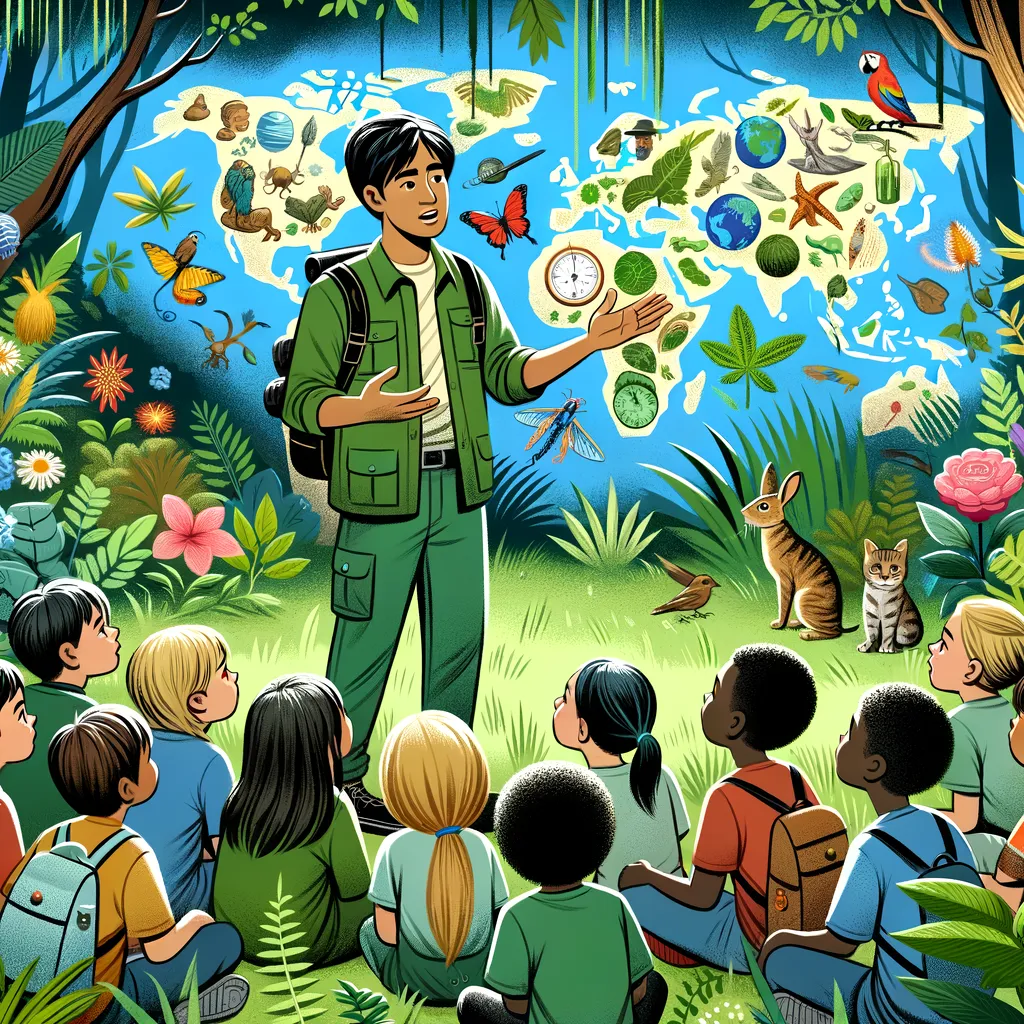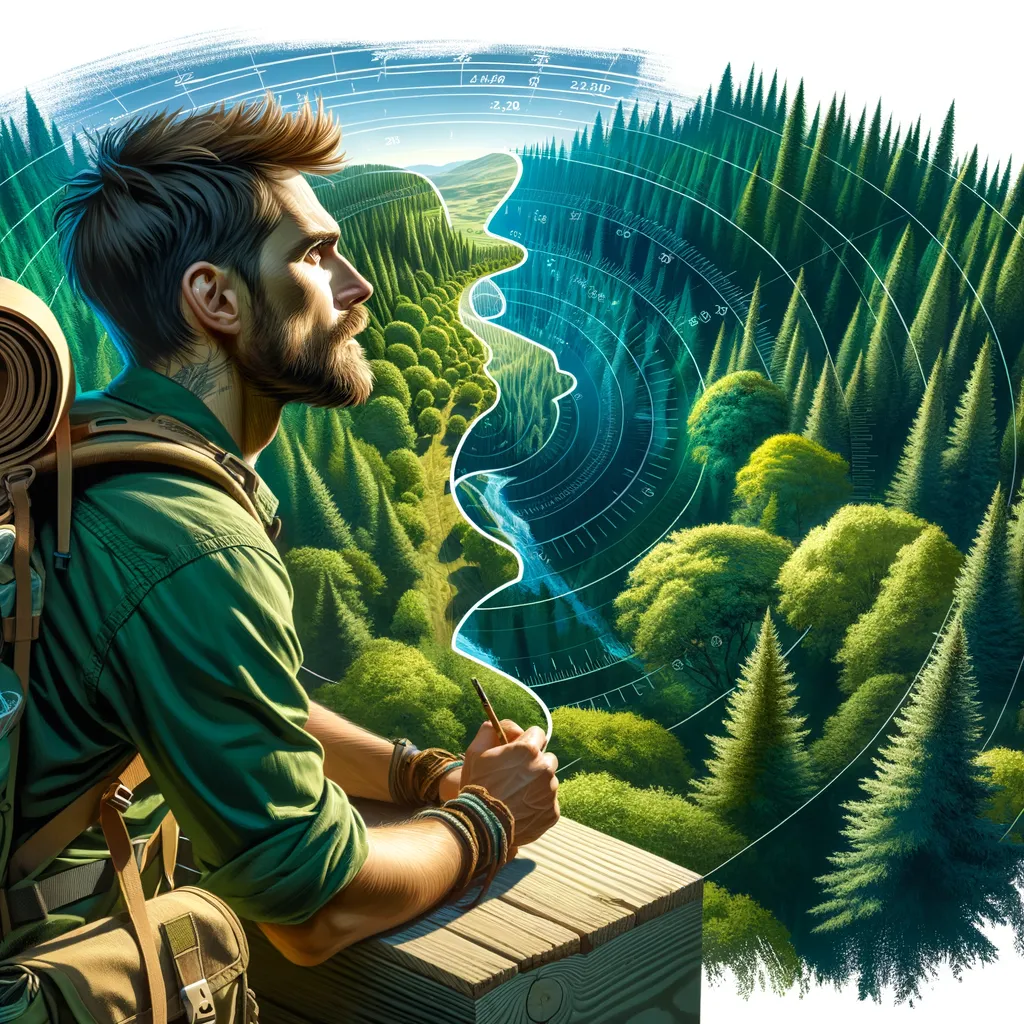Unlocking the World: A Beginner’s Guide to Teaching Children About Global Environments
Welcome, dear parents, to your ultimate guide on embarking upon a wonderful journey of exploration and learning with your children! It’s a joyous mission to educate our little ones about the vastness of our world, its diverse environments, and the importance of nurturing a sustainable relationship with our planet. The task might seem daunting, but worry not! This guide is packed with tips, activities, and insights to make learning about global environments an exciting adventure for your family. From the rainforests of the Amazon to the deserts of the Sahara, we’ll help you bring the world closer to home and encourage a deep, lasting respect for nature in your children.
Before diving into the depths of global ecosystems, let’s remind ourselves why understanding and respecting our environment is crucial. Our planet is a magnificent, intricate system where every element is connected. Teaching our children about these connections helps them appreciate the beauty of our world and their role in its preservation. It’s about raising environmentally conscious citizens who are ready to face the challenges of tomorrow.
If you’re keen on making your next family holiday both fun and educational, why not consider Camping? It’s a fantastic way to experience nature hands-on. Or, to deepen your understanding of camping and its benefits on a global scale, Learn more here.
Why Teaching Global Environments Matters
In today’s global village, having a broad understanding of different environmental zones is more than educational – it’s essential. Our children need to know that the actions we take in one part of the world can have far-reaching effects across the globe. Whether it’s the food we eat, the clothes we wear, or the energy we consume, everything is interconnected. This knowledge empowers them to make informed decisions and fosters a sense of global stewardship.
Furthermore, introducing global environments to children sparks curiosity about different cultures and lifestyles, promoting empathy and inclusion. By learning about the diverse habitats and communities worldwide, children discover the beautiful tapestry of life on earth and the importance of coexisting harmoniously.
Getting Started: Simple Steps to Explore Global Environments with Your Children
The journey to teaching your children about global environments doesn’t require a passport – it starts right at home! Here are some simple yet effective steps to get started:
- Interactive Maps: Utilize interactive world maps to explore different continents, countries, and their natural landscapes. This visual aid is not only engaging but helps children grasp the concept of geographical diversity.
- Documentaries and Books: An assortment of documentaries and books tailored for children are available, focusing on various ecosystems around the world. These resources are great for visual and narrative learning.
- Theme Days: Dedicate days to learning about different parts of the world. You could focus on the Arctic one day and the Amazon rainforest the next. Activities could include cooking a traditional dish, learning a dance, or creating art inspired by that region.
- Outdoor Adventures: Nothing beats experiencing the natural world firsthand. Local parks, botanical gardens, and zoos offer glimpses into various ecosystems and wildlife. Encouraging exploration and observation promotes a deep connection with nature.
Embarking on this educational journey with your children not only furthers their knowledge but also strengthens your bond as you learn and discover the wonders of our world together. Stay tuned for more insightful tips and activities in the following sections as we dive deeper into specific environments and how to bring their lessons home in engaging, impactful ways.

Unlocking the Secrets of Our Planet: A Comprehensive Guide for Parents on Teaching Children About Global Environments
Welcome, wonderful parents, to a fulfilling journey of discovery and enlightenment! Teaching our children about the global environments is not just an educational endeavor but a heartwarming adventure that brings families closer to nature and to each other. As we dive into this guide, let’s explore how we can transform our home into a classroom where every corner offers a lesson in the beauty and importance of our world’s diverse ecosystems.
The significance of introducing our children to global environments cannot be overstressed. It instills in them a profound appreciation for our planet and the intricate web of life it supports. This journey fosters environmental stewardship, cultural understanding, and a shared responsibility for the well-being of our global village. Are you ready to embark on this adventure? Here are five essential insights to prepare you for this enlightening quest.
Five Key Insights for Parents Teaching About Global Environments
- Embrace Nature’s Classroom: Every outdoor experience is an opportunity to teach your child about the environment. Whether it’s a walk in the park or a family vacation, nature itself is a vibrant classroom. Encourage questions, nurture curiosity, and highlight the interconnectedness of ecosystems and human life.
- Leverage Technology and Resources: Utilize the vast array of educational tools at your disposal. Interactive world maps, engaging documentaries, and children’s books on nature and conservation can vividly bring distant environments to life. Digital platforms also offer virtual tours of world heritage sites and natural wonders, enabling a global education from the comfort of your home.
- Encourage Hands-On Learning: Children understand and remember concepts better through direct experience. Planting a garden, recycling, and even simple water conservation activities can teach them about sustainability and the impact of their actions on the global environment.
- Celebrate Cultural Diversity: Global environmental education is incomplete without understanding the cultures that thrive within these ecosystems. Introduce your children to the traditions, foods, and languages of different communities. This approach not only enriches their knowledge but fosters a deep respect and empathy for people around the world.
- Be a Role Model: Children learn a great deal by observing adults. Show them the importance of environmental conservation through your actions. Practice recycling, minimizing waste, and making sustainable choices in your daily life. Your commitment will inspire them to adopt similar values.
With these insights in mind, let’s delve deeper into practical activities and educational adventures that await. Remember, teaching about global environments is a continuous journey of discovery for both you and your children. It’s about creating memorable experiences that highlight the wonder of our planet and the role we all play in its preservation. As you guide your little explorers through the complexities of Earth’s ecosystems, you instill in them a lifelong passion for conservation and a deep-seated love for our global home.
Through interactive maps, engaging storytelling, creative theme days, and hands-on activities, you can illuminate the mysteries of the Amazon rainforest, the vastness of the Pacific Ocean, the fragility of the Arctic ice, and the richness of the African savannah. Each lesson learned and every question answered lays the foundation for a knowledgeable, conscious, and caring generation ready to tackle the environmental challenges of tomorrow.
Our journey does not end here; it broadens as we embrace our planet with open hearts and minds. Let’s nurture in our children the awe and respect for nature that is due every inhabitant of Earth. Together, we can cultivate a future where humans live in harmony with the global environments that sustain us all. The path to understanding and protecting our world starts in the hearts of our children, guided by our hands and our shared adventures into the great wide somewhere.
Disclaimer
The articles available via our website provide general information only and we strongly urge readers to exercise caution and conduct their own thorough research and fact-checking. The information presented should not be taken as absolute truth, and, to the maximum extent permitted by law, we will not be held liable for any inaccuracies or errors in the content. It is essential for individuals to independently verify and validate the information before making any decisions or taking any actions based on the articles.




